Brownsville Violin Bass (1/2)




This is probably the cheapest violin bass on earth, and I got a discount on top of that because it had a persistent buzz that turned out to be a bad string. "Brownsville" is a house brand for Sam Ash, where I bought it on a whim. The scale is about 30.5". It's a beauty, isn't it?
This bass is made about as well as any other cheap violin bass, it is a fine instrument. It sounds good for what it is, plays well, and the finish is near-flawless thick Chinese polyester. The hollow body is 100% plywood with lots of triple binding all over. As near as I can tell, the flamed maple top is real veneer, not printed. I love cheap guitars.
My modifications are slight: I changed the VVT controls to VBT - the little knob is balance between the pickups - and replaced the boring speed knobs with what you see. I added the pickguard from scrap and changed out the other plastic bits to look more like a Hofner. Finally, I put a set of GHS flatwounds on it to give it that deep toneless thump like Sir Paul's. That really nailed it too. I do kind of regret installing the thumb rest.
I don't see how a real Hofner would play or sound ten times better. Hofners are supposed to be cheaply made - they came from post-war Germany which was still in pretty bad shape economically. Hofner stuck a bass neck on whatever kind of body he was already building and used electronics that make no sense for a bass because he took them straight off a guitar. Southpaw McCartney was attracted to it because he realized you could flip it over and it wouldn't look ridiculous, but Hofner built a lefty special for him. The rest is history.
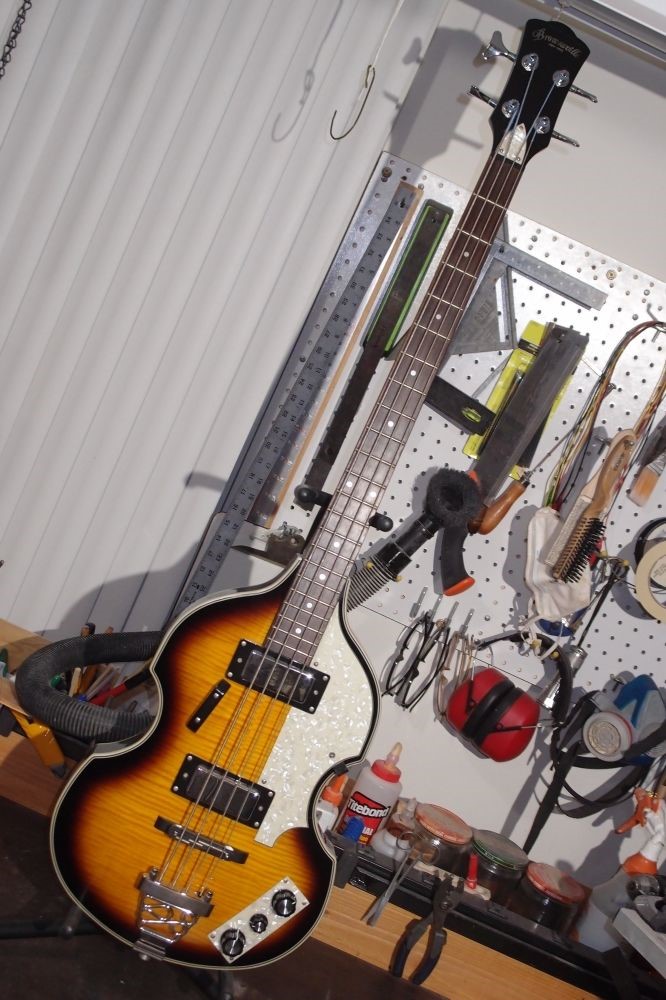
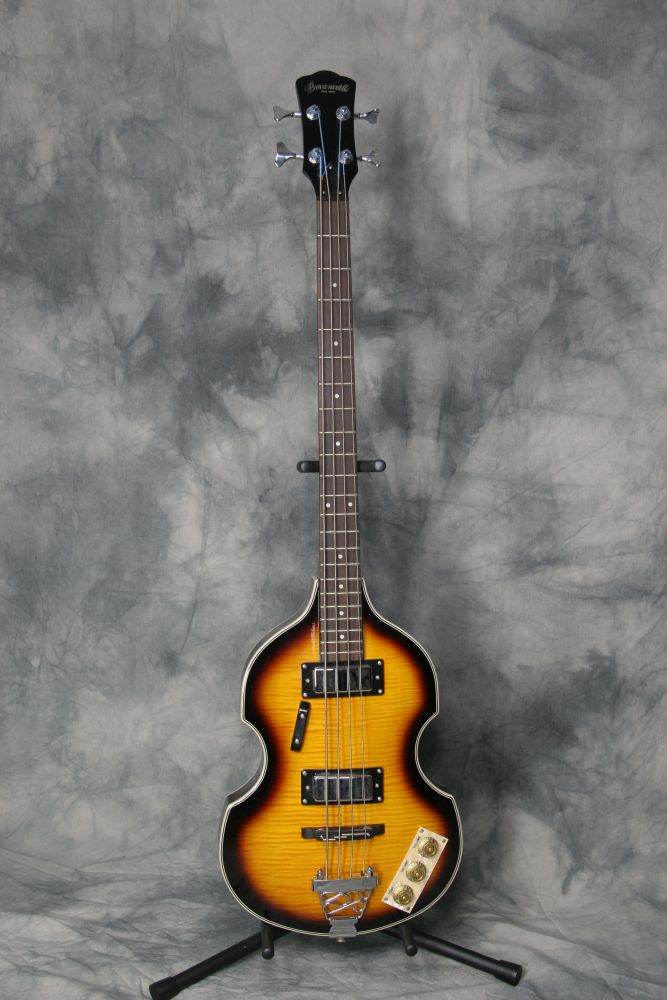


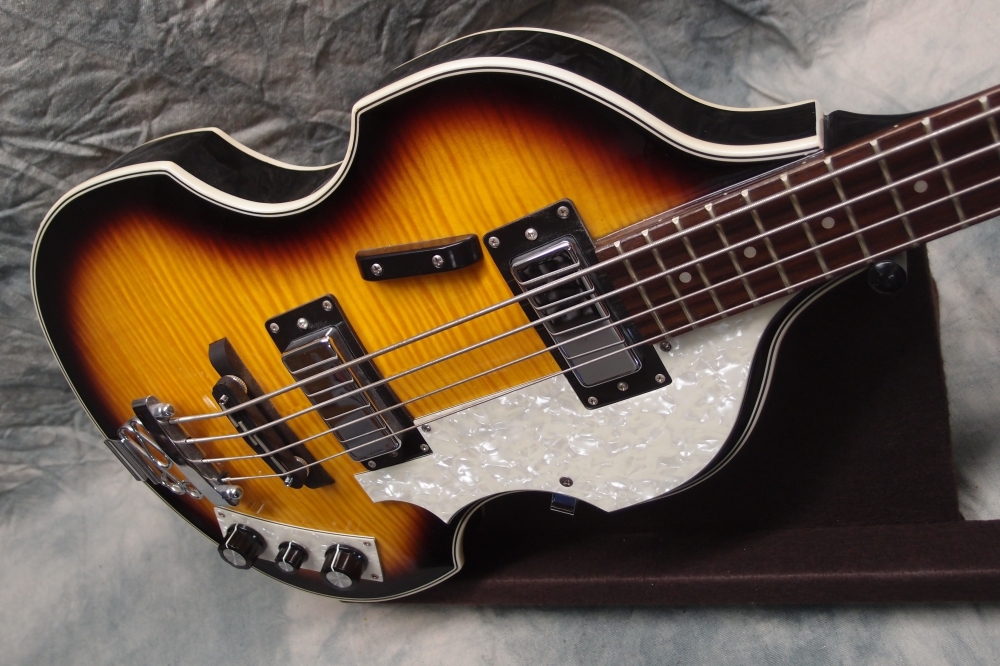

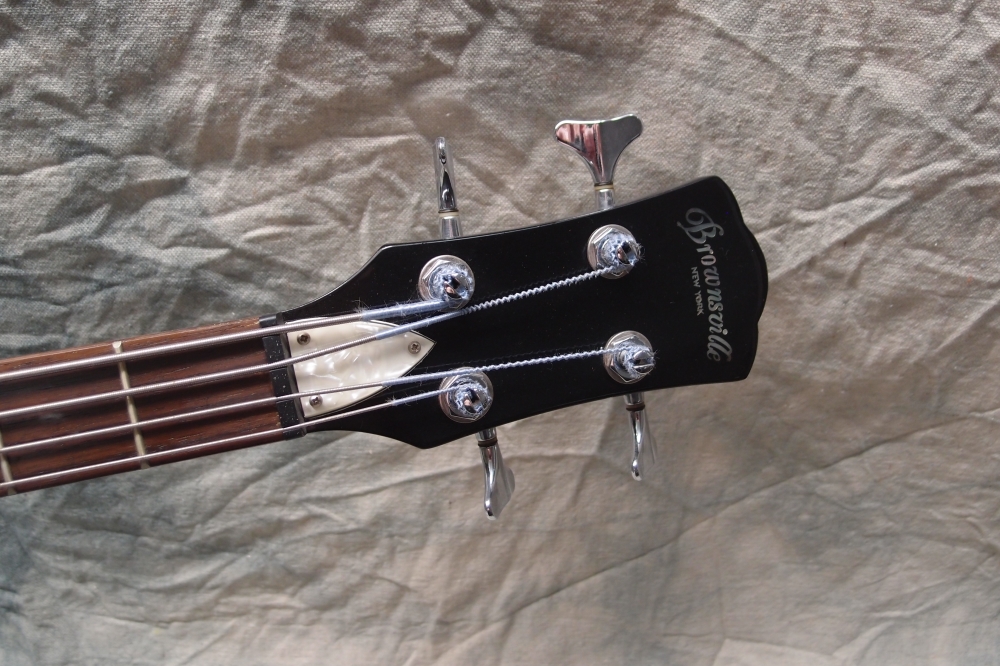






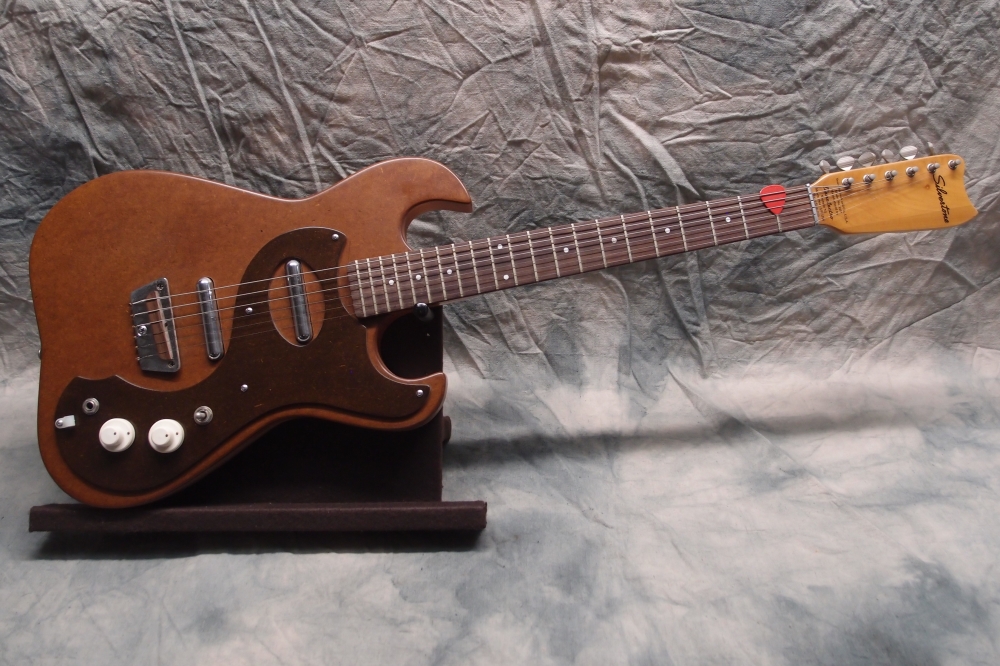
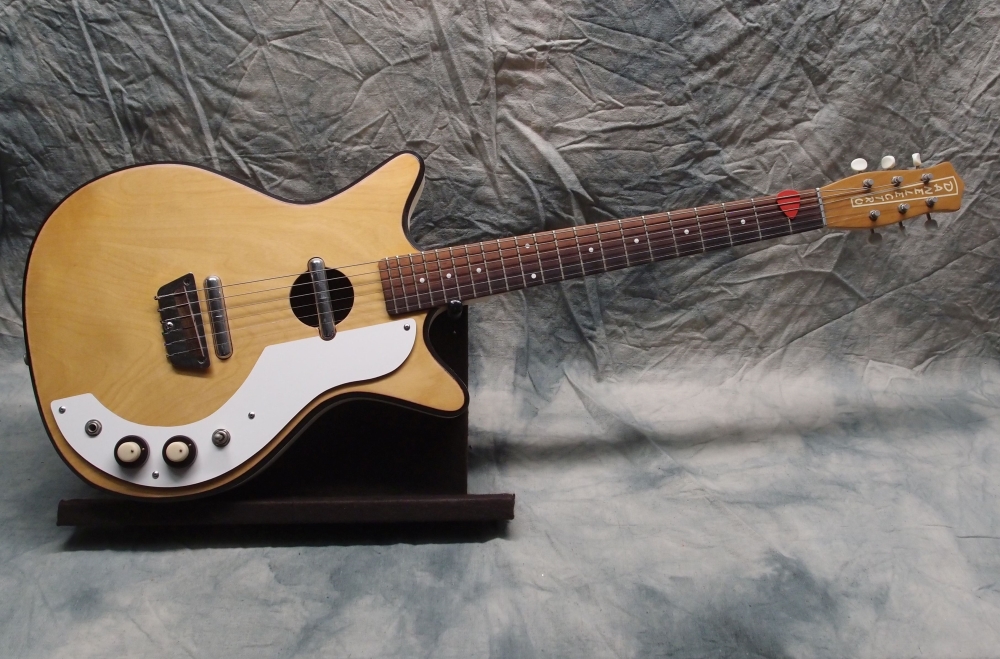
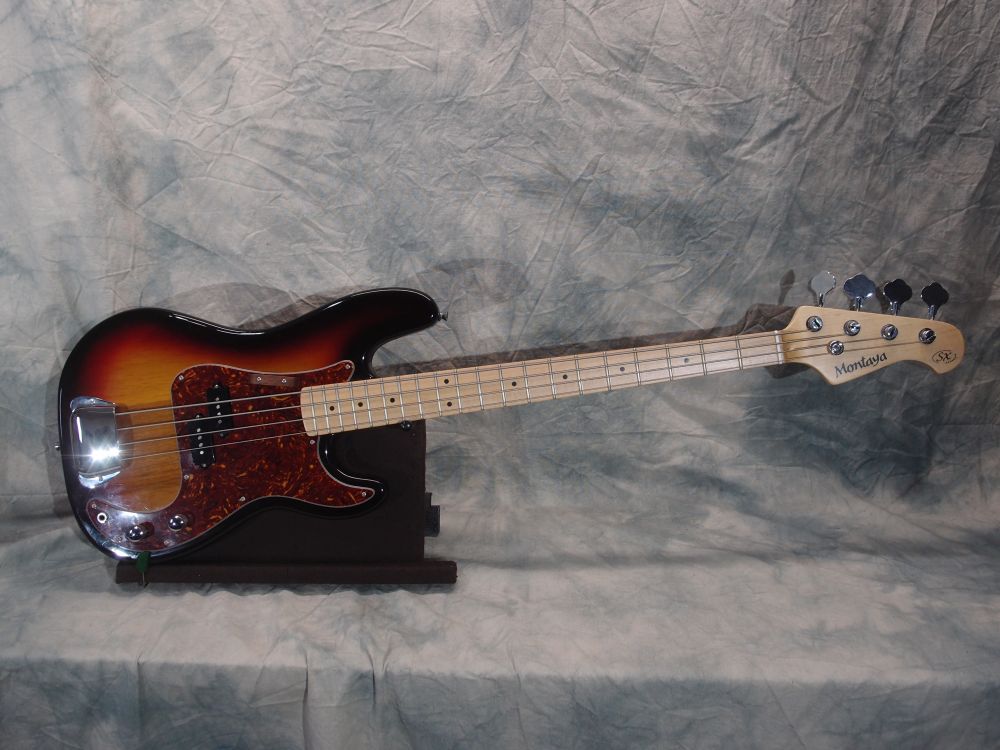

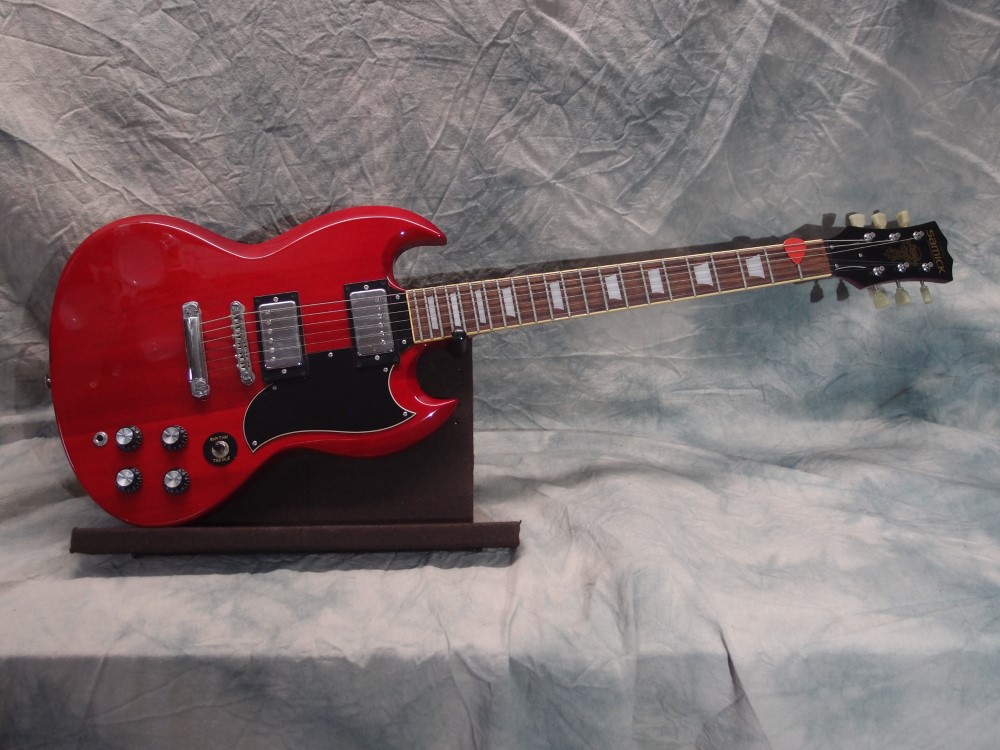
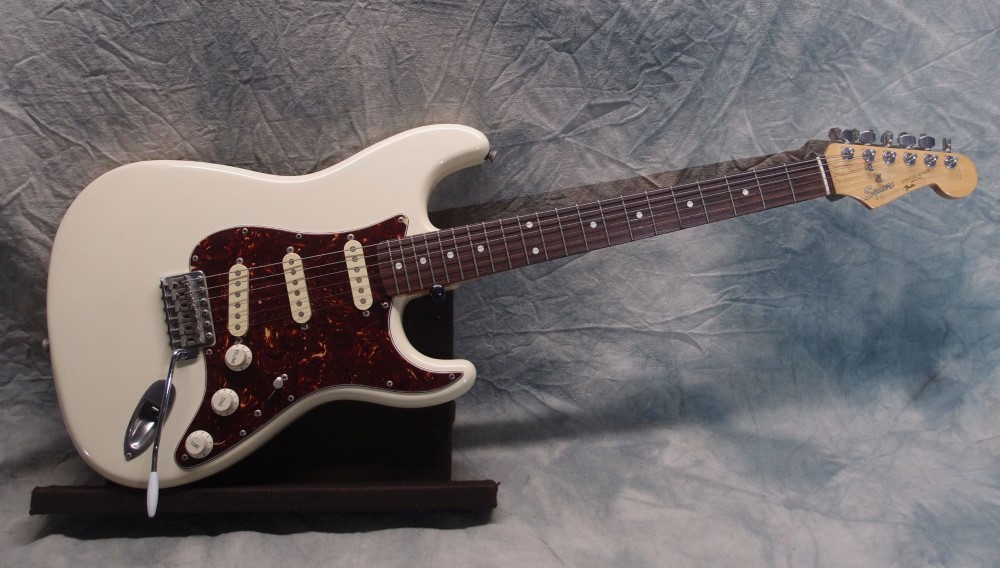
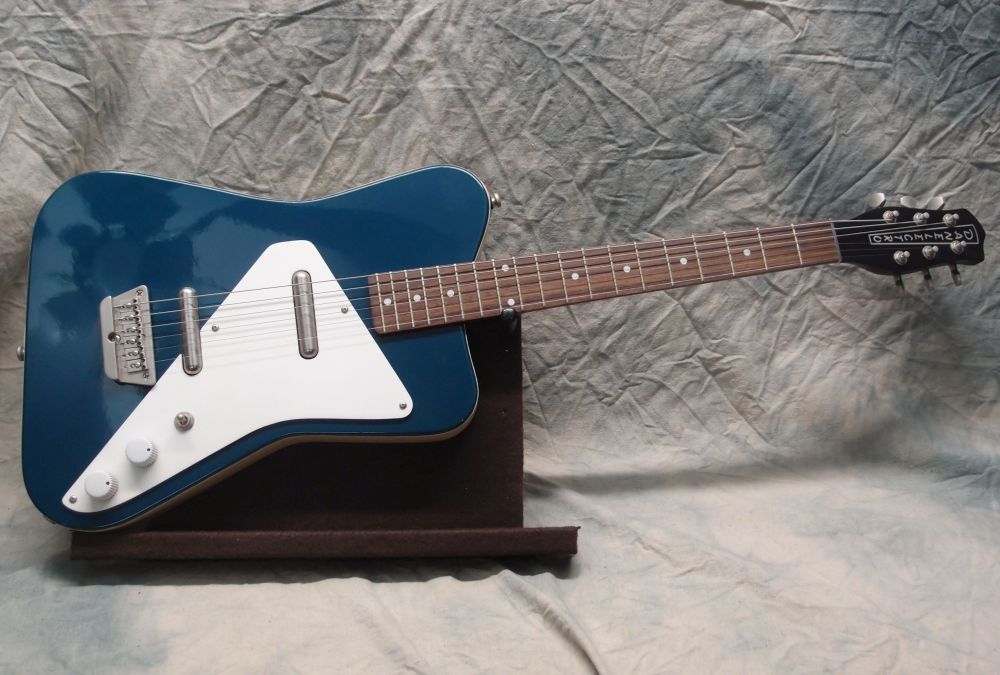

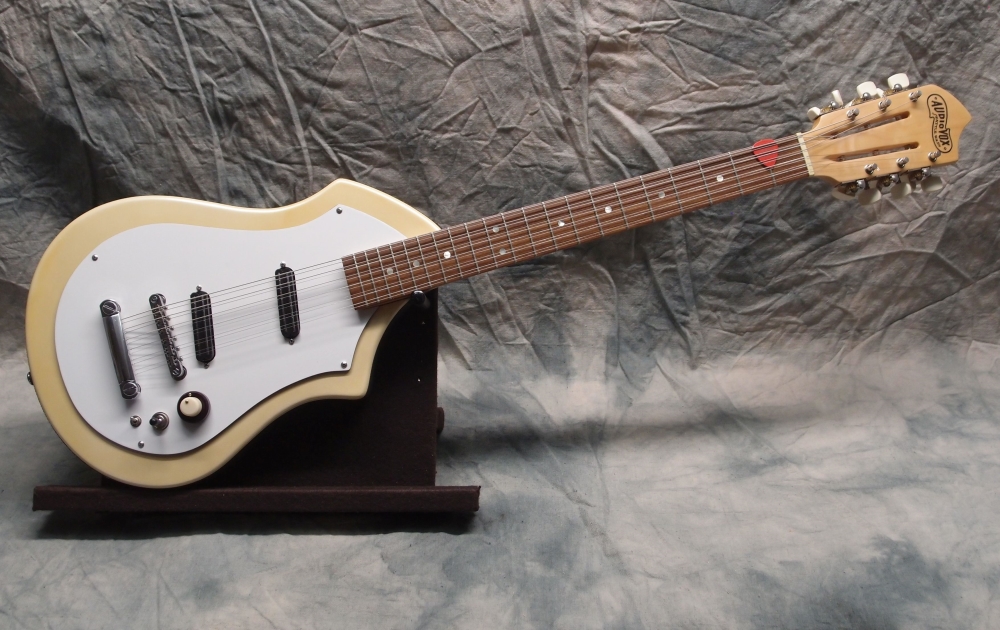


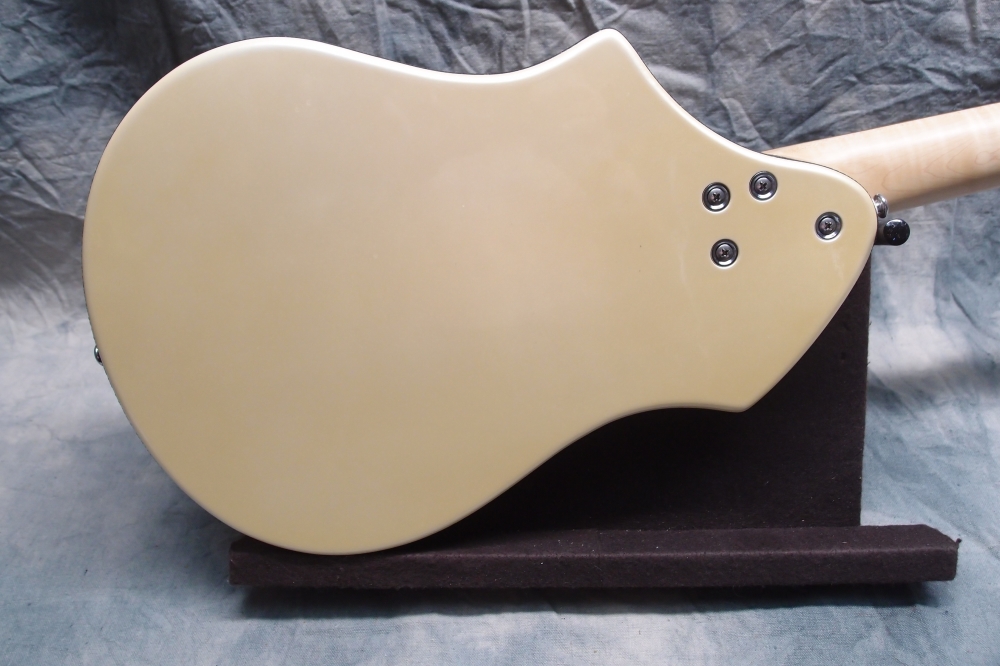

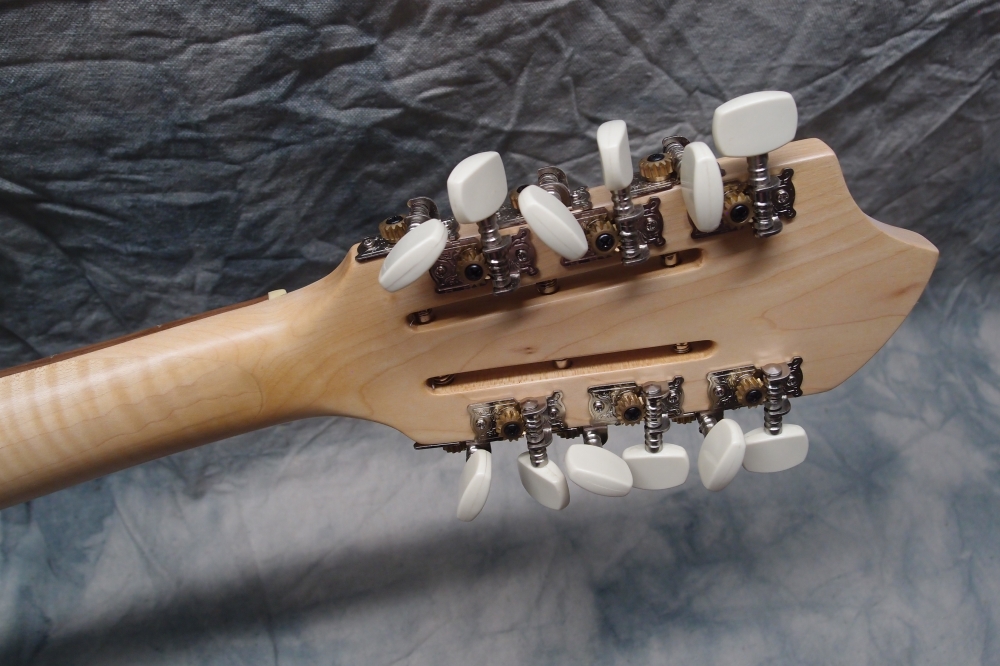
Questions or Inquiries?
Just want to say Hello? Sign the .